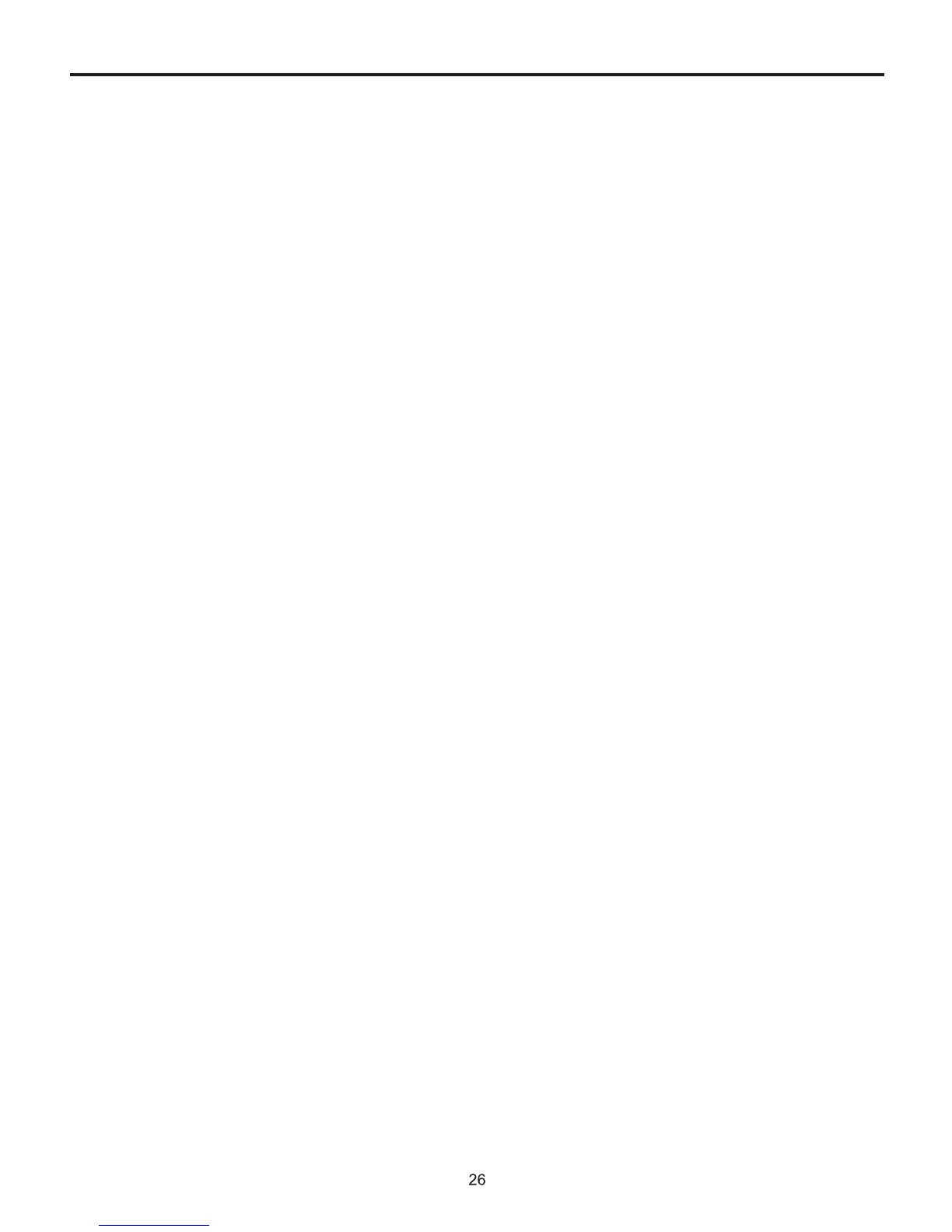What to do if my JUKI MO-50e Sewing Machine does not sew?
- AAmanda DuncanAug 21, 2025
If your JUKI Sewing Machine isn't sewing, start by checking that the cord is correctly plugged in. Also, verify that the main switch is turned on to '1'.

 Loading...
Loading...
What to do if my JUKI MO-50e Sewing Machine does not sew?
If your JUKI Sewing Machine isn't sewing, start by checking that the cord is correctly plugged in. Also, verify that the main switch is turned on to '1'.
What to do if my JUKI MO-50e Sewing Machine is skipping stitches?
| Type | Overlock |
|---|---|
| Number of Threads | 3/4 |
| Stitch Length | 1 - 4 mm |
| Differential Feed Ratio | 0.7 - 2.0 |
| Maximum Sewing Speed | 1300 stitches per minute |
| Needle System | 130/705H |
| Presser Foot Lift | 5 mm |
| Motor Power | 90 W |
| Needle Size | 11-14 |
Key safety warnings and precautions for operating the sewing machine.
Specific guidance for the maintenance of double-insulated products.
Labeled diagram identifying all parts of the sewing machine.
List and identification of standard accessories included with the sewing machine.
Instructions on how to open and close the accessory storage box.
Procedure for opening and closing the looper cover for access.
Instructions on how to attach and use the waste collector for fabric scraps.
Steps for opening and closing the cloth plate cover.
Description of the handwheel's direction of rotation and usage.
How to operate the lever to raise or lower the presser foot.
Step-by-step guide to safely remove and attach the presser foot.
Initial steps and precautions before threading the machine.
Detailed instructions for threading the upper looper with green thread.
Detailed instructions for threading the lower looper with red thread.
Detailed instructions for threading the right needle with blue thread.
Detailed instructions for threading the left needle with yellow thread.
Final steps after completing the threading process.
Instructions for performing a trial sewing run to check stitch formation and tension.
How to evaluate the stitch formation and thread tension from the trial run.
How to adjust the stitch length from 1 to 4 mm for desired stitch size.
How to adjust the cutting width based on fabric type.
How to select the needle plate for regular or rolled hem sewing.
Understanding how the differential feed mechanism works.
Using differential feed to stretch fabric and prevent puckering.
Using differential feed to prevent waving or to gather fabric.
Using differential feed for gathering single layers of fine fabric.
Instructions for performing a 3-thread overlock stitch.
How to perform a 3-thread roll hem stitch.
Method for safely unpicking stitches and seams.
Step-by-step guide to safely replace the sewing machine's light bulb.
Instructions for regular cleaning and essential lubrication points.
A guide to identify and resolve common issues encountered during sewing.
Key technical specifications of the sewing machine, including stitch types and dimensions.
List and images of standard and optional accessories available for the machine.